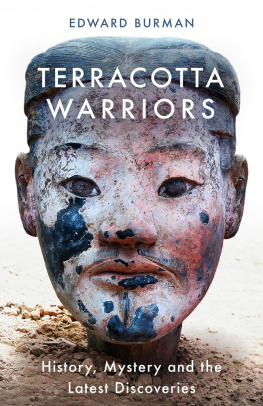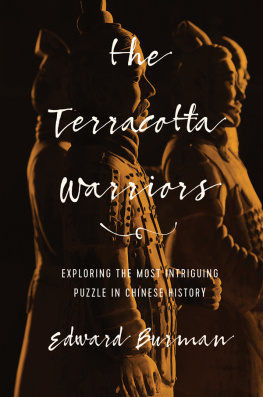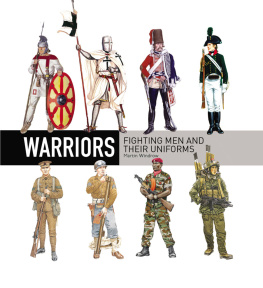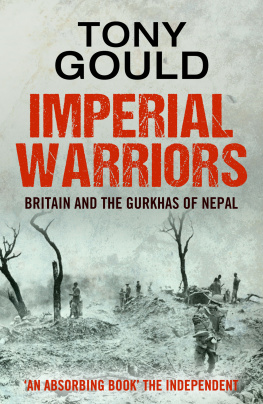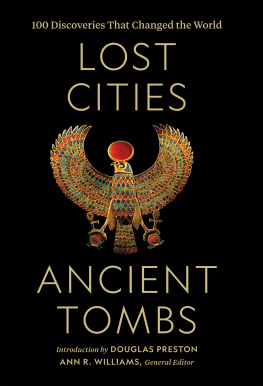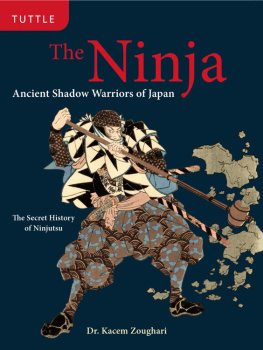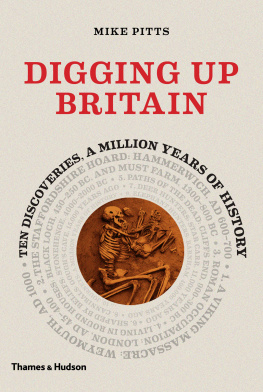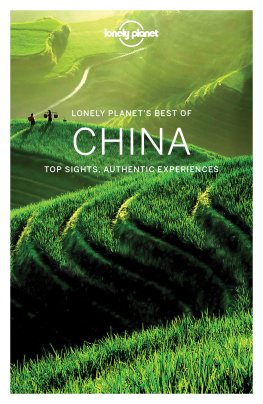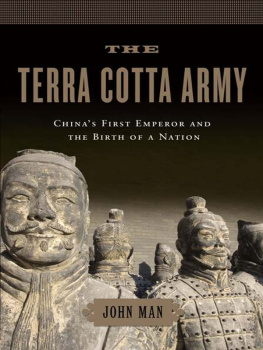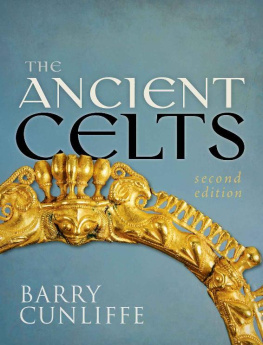Edward Burman - Terracotta Warriors: History, Mystery and the Latest Discoveries
Here you can read online Edward Burman - Terracotta Warriors: History, Mystery and the Latest Discoveries full text of the book (entire story) in english for free. Download pdf and epub, get meaning, cover and reviews about this ebook. year: 2018, publisher: Weidenfeld & Nicolson, genre: Non-fiction. Description of the work, (preface) as well as reviews are available. Best literature library LitArk.com created for fans of good reading and offers a wide selection of genres:
Romance novel
Science fiction
Adventure
Detective
Science
History
Home and family
Prose
Art
Politics
Computer
Non-fiction
Religion
Business
Children
Humor
Choose a favorite category and find really read worthwhile books. Enjoy immersion in the world of imagination, feel the emotions of the characters or learn something new for yourself, make an fascinating discovery.
- Book:Terracotta Warriors: History, Mystery and the Latest Discoveries
- Author:
- Publisher:Weidenfeld & Nicolson
- Genre:
- Year:2018
- Rating:5 / 5
- Favourites:Add to favourites
- Your mark:
Terracotta Warriors: History, Mystery and the Latest Discoveries: summary, description and annotation
We offer to read an annotation, description, summary or preface (depends on what the author of the book "Terracotta Warriors: History, Mystery and the Latest Discoveries" wrote himself). If you haven't found the necessary information about the book — write in the comments, we will try to find it.
Terracotta Warriors provides an intriguing, original and up-to-date account of one of the wonders of the ancient world. Illustrated with a wealth of original photographs, this is the first book available for the general reader which incorporates the most recent excavations, new theories and discoveries.
In one of the most astounding archaeological discoveries of all time, the Terracotta Warriors were discovered by chance by farmers in 1974. We now understand that the excavated pits containing nearly eight thousand warriors and hundreds of horses are only part of a much grander mausoleum complex. There is a great deal still to be discovered and understood about the entire area whichis now thought to cover around 100 square kilometres. And there is the tantalising possibility of the opening of the imperial tomb.
With unique access to the leading Chinese archaeologists and historians - including the full support of the Shaanxi Provincial Cultural Relics Bureau, responsible for all archaeological sites and museums in the province - Burman is able to guide us through the ancient Chinese concept of longevity and the afterlife, essential to an understanding of the mausoleum. We can see as never before how the Terracotta Warriors strongly represent the fascinating circumstances in which they lived.
Edward Burman: author's other books
Who wrote Terracotta Warriors: History, Mystery and the Latest Discoveries? Find out the surname, the name of the author of the book and a list of all author's works by series.

